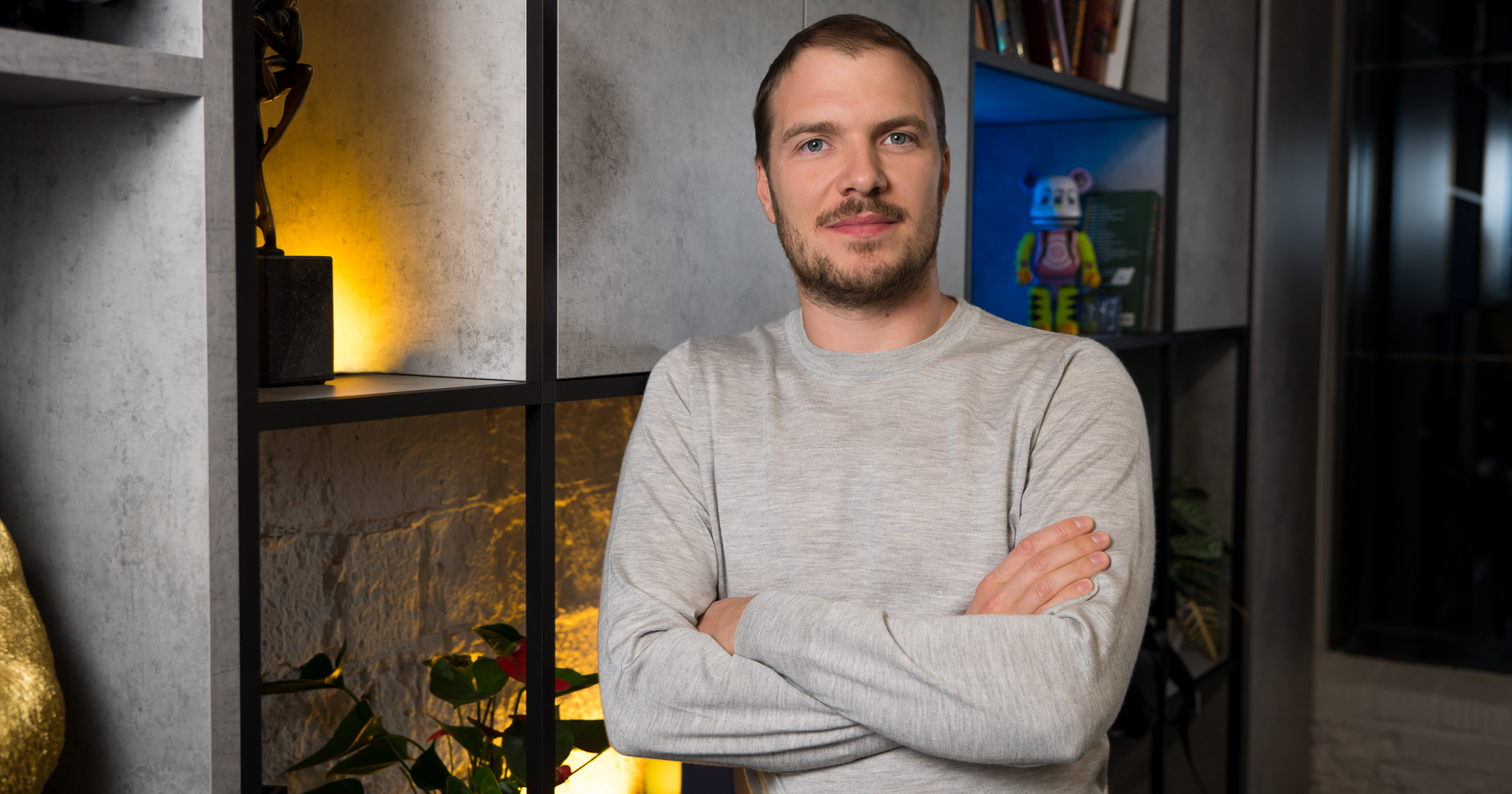Results of 2021: Dmitry Yaminsky from Azur Games about the main thing for the year
We continue to summarize the results of 2021 together with top managers and experts of the gaming industry (and related ones). Next up is an interview with Dmitry Yaminsky, co-founder of Azur Games.
How did 2021 go for the company?
Because of the coronavirus, there was a slight feeling of deja vu, but not in work — the year turned out to be very busy. I will list just a few milestones:
- in the middle of the year, we crossed the threshold of two billion installations. Moreover, it turned out to gain the second billion in less than a year — this is very motivating to move on. Also, the Worm Zone and Stack Ball projects overcame the 300 million installations mark, and we got into the world top 3 among mobile publishers in terms of the number of installations;
- We went to China. It was not an easy journey, but now we can publish hyper-casual games on Android two weeks after receiving the build. We are just at the beginning of the road, metrics in local stores are constantly growing, so I will not give specific figures. But I can say that the organics there are good — tens of thousands of dollars a month on individual projects. This already allows studios to significantly raise total revenue without additional effort.;
- we have reviewed and optimized the development workflow of midcore and casual projects within the company, as we are going to strengthen this direction. Now we rely even more on numbers and strive to get a prototype with the first metrics as quickly as possible. Here, the experience from the hyper-casual direction perfectly complemented our experience in working with midcore projects. This will help us focus on creating and developing new potential hits, rather than wasting time on less promising games with low metrics at the start.;
- we started actively investing in studios, developing our strategy of long-term cooperation. We believe that the prototype payment model no longer works — the industry has become more demanding and now it is important to focus on the quality of products. When studios measure their profits by the number of prototypes, they risk being trapped and greatly reduce the chance of releasing a hit. Therefore, we go the other way, trying in a favorable case to cover the monthly expenses of studios producing high-quality projects, or simply invest in them;
- just recently announced the launch of a new NFT-direction. Based on the game Axes.io we are creating a blockchain metaverse where players will have real proof of ownership of unique in-game items, as well as freely exchange and trade them. We have already invested $2 million in the project, but in 2022 we plan to spend several times more on the whole direction;
- we discovered another new direction for ourselves — we invested in a mobile application developer. We continue to look for talented teams. This will help diversify the portfolio and find additional use for our expertise in marketing;
- and finally, we gathered so much expertise inside the company that we decided to share it more actively. This year we launched our own blog, where we tell about our experience not only to developers or game designers, but also to marketers, other publishers, and the entire industry.
What event or trend of 2021 do you consider central within your niche?
The market and players have become more demanding — this is especially clearly seen in the example of hyper-casual games. As I have already mentioned, the approach where developers make the maximum number of the simplest prototypes no longer works. Users are hooked on quality. Therefore, it is now much more profitable to make 10 really good prototypes (even if they are more expensive) than 30 mediocre ones. I’m not saying that the complexity of projects has increased in terms of mechanics — the simplicity of gameplay has not gone away. But the overall feeling of the game, the so-called filling, should include high-quality visual, smooth animations, sound work, and many other nuances.
Competition among publishers has grown. If once developers brought prototypes to major players for free in the hope of cooperation, then later publishers began to pay for each prototype, even if it did not fire. Now the trend is towards long-term cooperation, when a publisher takes a studio for full support or invests in it. This allows developers to focus on what they know and love, and not think about whether they will be able to pay the bills next month.
The requirements of the developers themselves have also grown significantly. Publishers have to offer more to get them interested. For example, full access to all internal tools, analytics and reports. As for us, now we are putting a lot of effort into creating creatives: we are switching completely to inhouse production and increasing their number.
The coronavirus is also making its own adjustments, but this is already a protracted trend since 2020. Against this background, the market continues to grow and develop, although not so rapidly.
What will be the stake in the development of the company in 2022?
There are a lot of plans, and we laid the foundation for many of them this year, as I have already told you. These are investments in studios and new niches, the development of NFT projects, the continuation of development and experiments in China.
Inside, we will optimize processes, focus on creating high-quality games and continue to share expertise with studios. The main focus is building long—term cooperation with different developers, beneficial for everyone.
